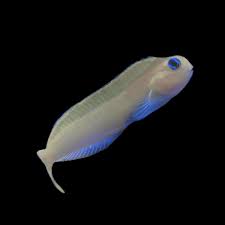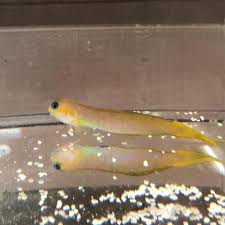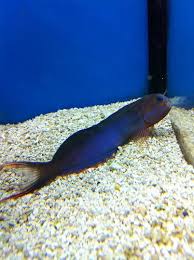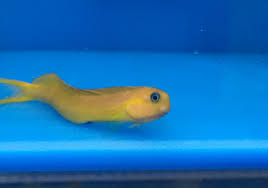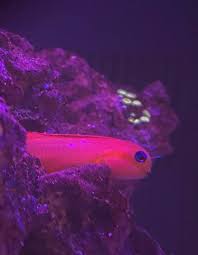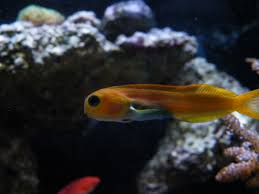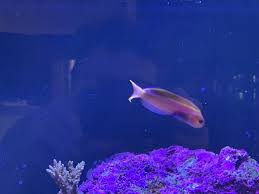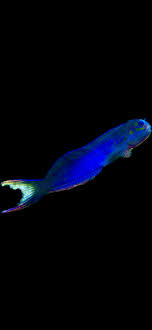Dragons and Their Connection to the Beliefs and Religions of China
The dragon, an iconic symbol in Chinese culture, transcends mere mythology. It is intertwined deeply with Chinese beliefs, philosophies, and religions, embodying a multifaceted role across centuries of history. While the dragon is traditionally seen as a creature of power, protection, and imperial authority, its connection to Chinese religious thought and spiritual practices is equally
